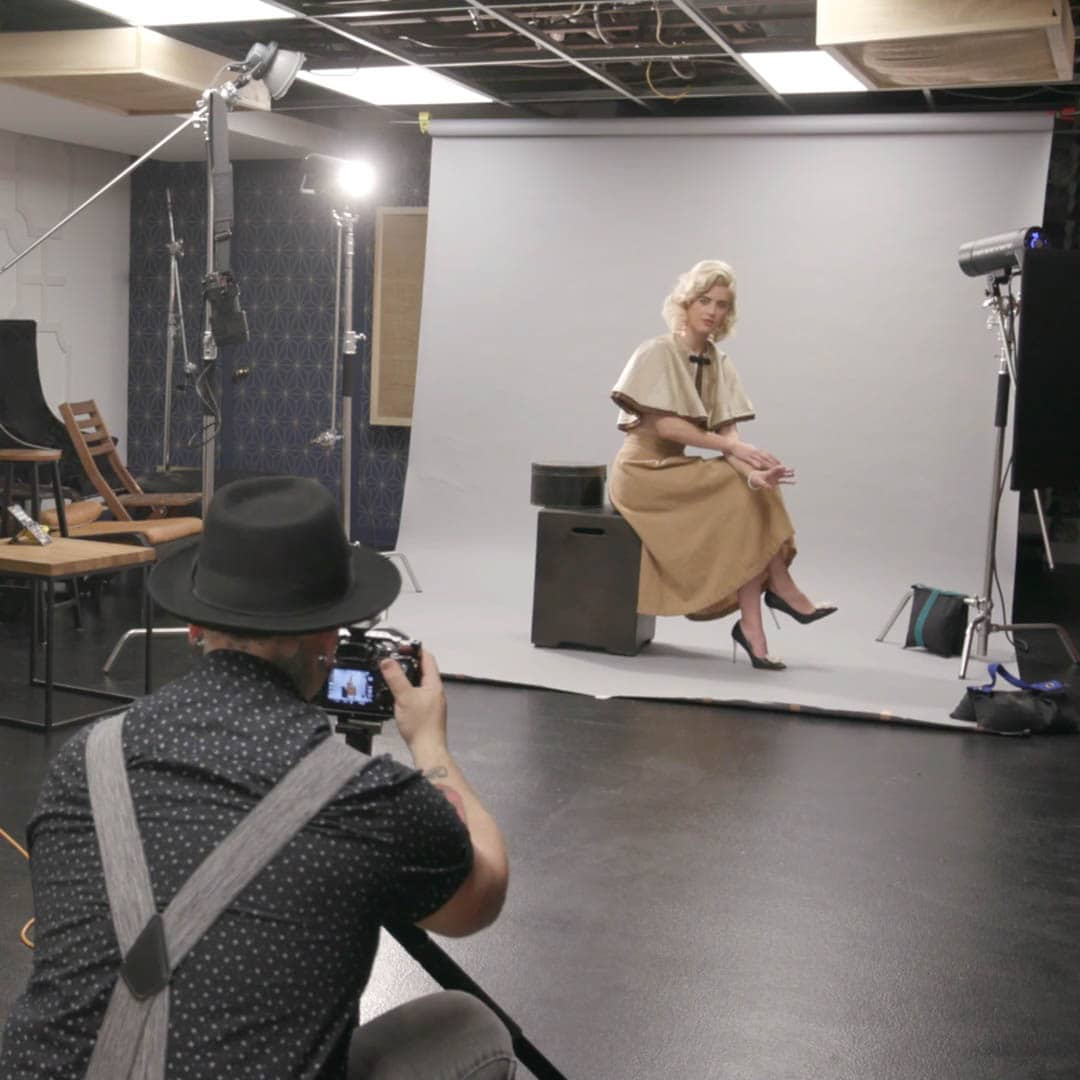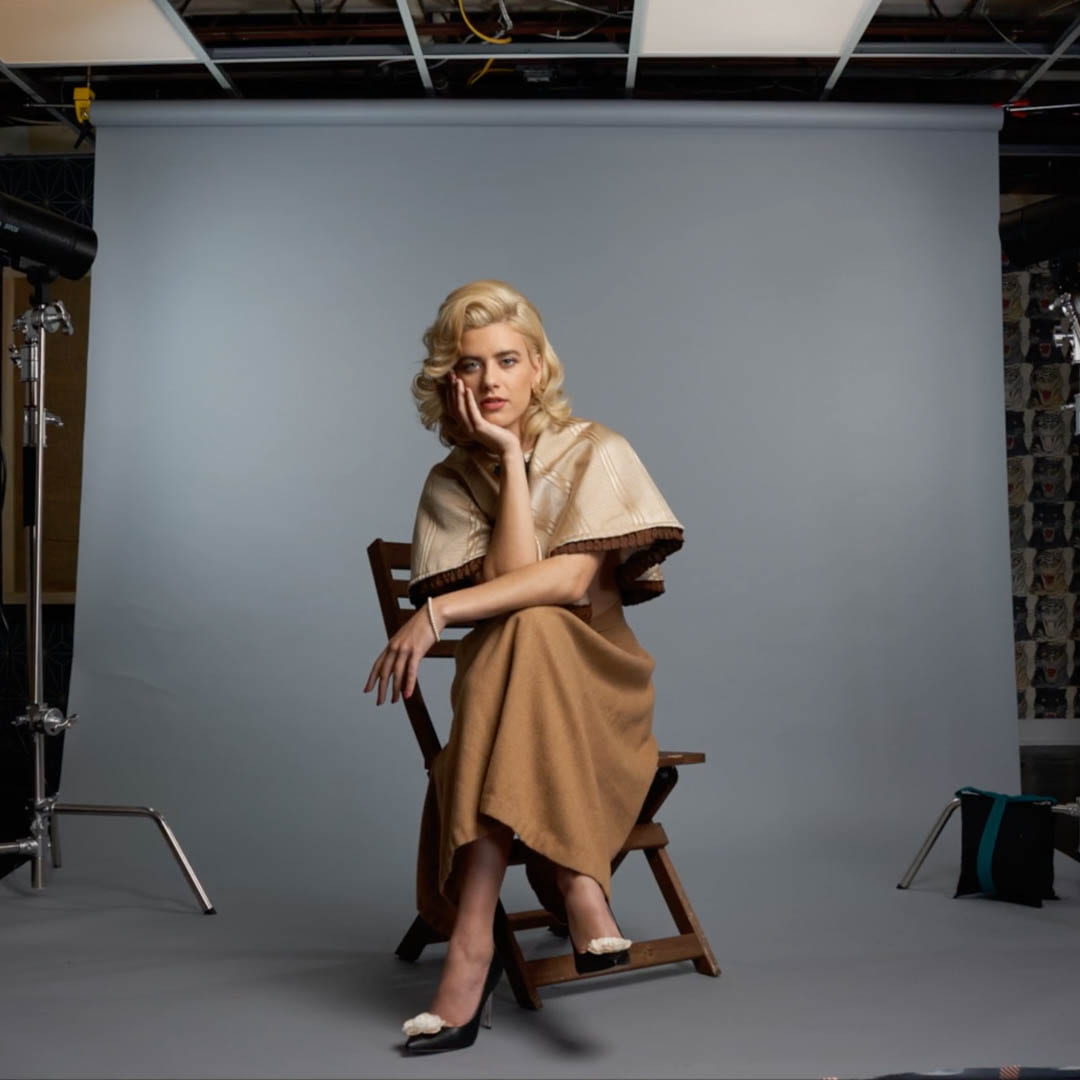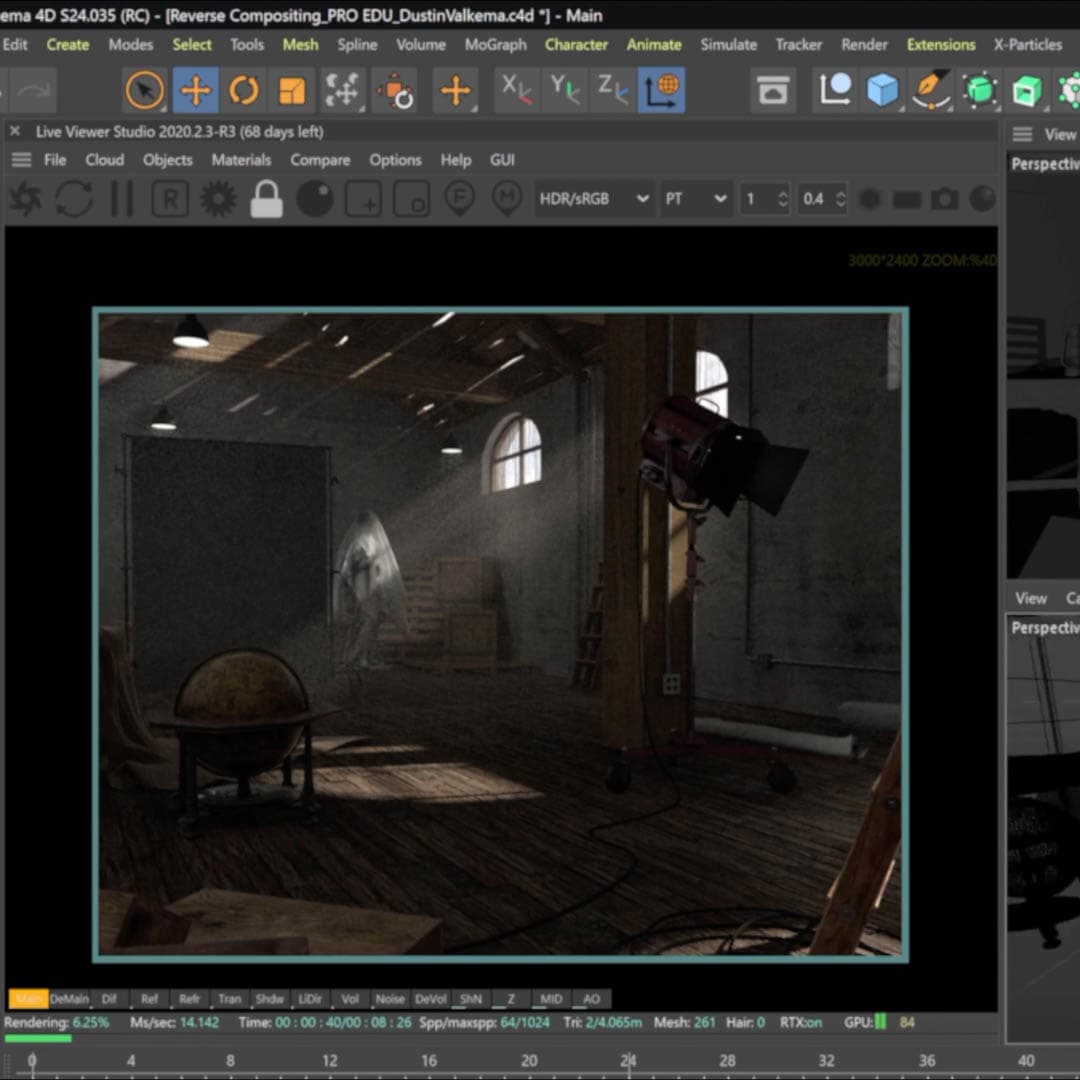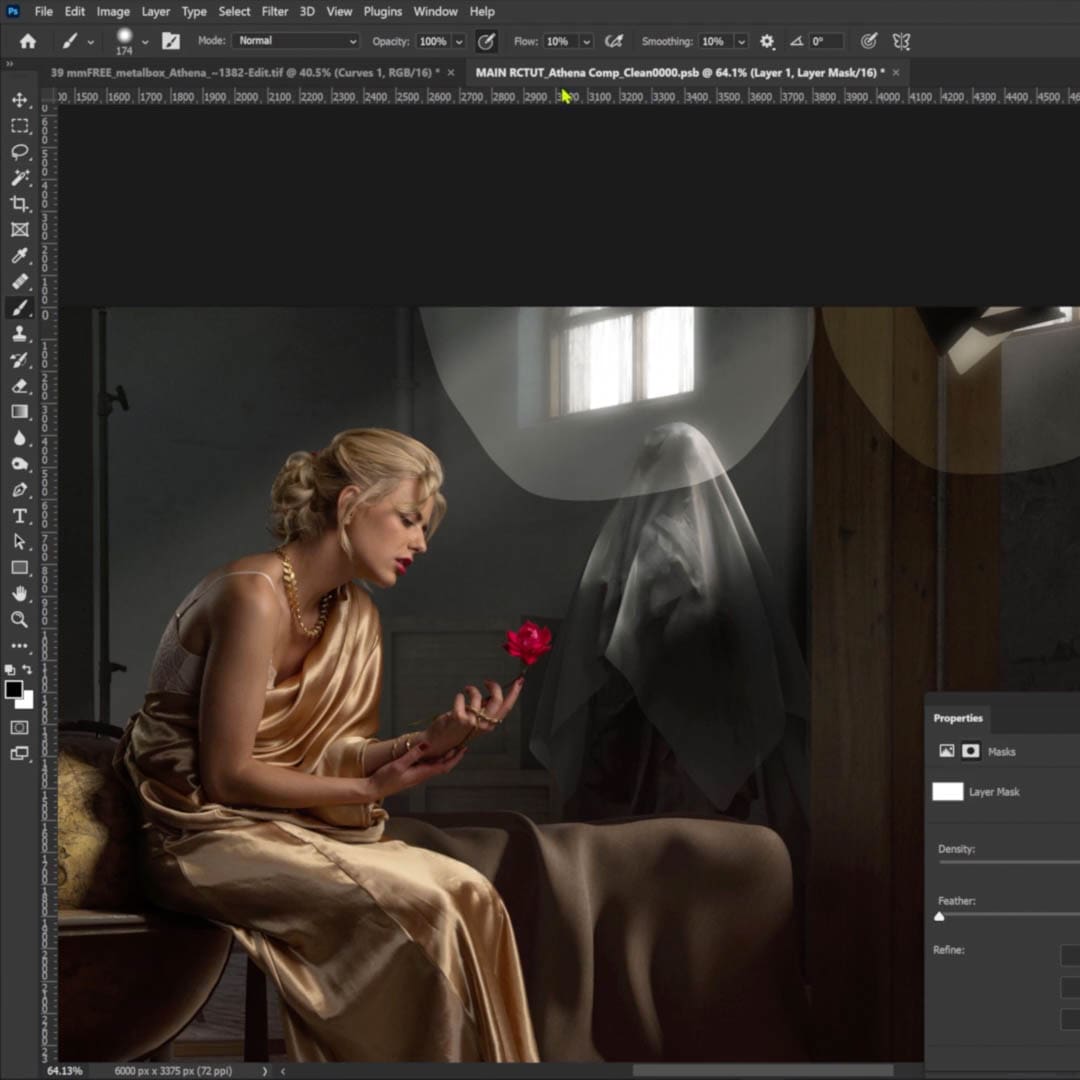Understanding Focal Length in Photography: Essential Tips for Newbies
Focal length plays a crucial role in photography, as it influences the way images are captured. It is the distance, measured in millimeters, between the point of convergence in the lens and the camera's sensor or film. Understanding focal length helps beginner photographers make informed decisions about their lens choices and the types of photos they want to create.
Different lenses come with various focal lengths, and these characteristics directly affect the field of view and depth of field in the photographs. By being aware of how focal lengths impact image properties, photographers can more effectively communicate their artistic vision and adjust their compositions accordingly.
Key Takeaways
- Focal length is important for understanding how images are captured and selecting the appropriate lens.
- Lens characteristics impact field of view and depth of field in photographs.
- Knowledge of focal length aids in achieving the desired artistic vision in different photography genres.
Visit PRO EDU for helpful photography tutorials and resources.
Understanding Focal Length
Focal Length and Magnification
Focal length is an important concept in photography as it affects the magnification and framing of an image. It is measured in millimeters and represents the distance between the lens's nodal point, where light converges, and the camera's sensor or film 1. As a general rule, the longer the focal length, like 400mm, the more magnified and zoomed-in the image will appear. Conversely, a short focal length, such as 24mm, results in a wider, less zoomed-in image.
Different focal lengths offer various visual effects. For example, wide-angle lenses (usually below 35mm) can capture expansive landscapes, while telephoto lenses (typically from 85mm onwards) enhance detail and create a sense of depth in portrait photography.
Focal Length and Distance
The relationship between focal length and distance plays a critical role in determining the perspective and composition of an image. For instance, a 50mm lens provides a standard or "normal" field of view similar to human vision, while a lens with a longer focal length increases the magnification, making subjects appear closer 2.
Keep in mind that the effective focal length can be impacted by the camera sensor size. Cameras with smaller sensors have a "crop factor" that alters the field of view, making it appear more zoomed in than on a full-frame camera 3. Also, remember that the distance between the camera and the subject will affect the distortion and depth of field, regardless of the focal length used.
In summary, understanding focal length is crucial for creating compelling images that convey specific moods or narratives. By mastering the subtle interplay between focal length and distance, you can greatly enhance your skills as a photographer.
Lens Types and Their Characteristics
Prime Lenses
Prime lenses have a single, fixed focal length. This type of lens is known for its sharpness and often produces higher quality images compared to a zoom lens. Some popular examples of prime lenses are the 50mm f/1.8 lens and the 35mm f/2 lens.
Zoom Lenses
Zoom lenses, in contrast to prime lenses, have a variable focal length. This means you can easily change the lens's angle of view by simply adjusting the zoom ring. They are versatile and convenient, allowing you to capture a range of scenes without needing to switch lenses. Examples of commonly used zoom lenses include 18-55mm, 24-105mm, and 70-200mm lenses.
Telephoto Lenses
Telephoto lenses have a longer focal length, which enables them to magnify distant subjects and bring them closer in the frame. These lenses often have a narrower field of view, making them suitable for capturing details, such as wildlife or sports photography. Some examples of telephoto lenses include the 70-200mm f/2.8 and the 100-400mm f/4.5-5.6 lenses.
Wide-Angle Lenses
The focal length of wide-angle lenses ranges between 14mm and 35mm. These lenses offer a broader field of view compared to a standard lens, making them perfect for capturing landscapes, architecture, and large group photos. Examples of wide-angle lenses include the 16-35mm f/2.8 and the 14mm f/2.8 lenses.
Familiarizing yourself with these lens types and their characteristics will help you make informed decisions when choosing the right lens for your photography needs. Happy shooting!
Effect on Field of View and Depth of Field
When it comes to photography, understanding the relationship between focal length and depth of field is vital. In this section, we will explore how the focal length impacts field of view and depth of field, and how it relates to different sensor sizes, including full-frame and crop sensors.
Focal length essentially determines the field of view and, consequently, the amount of the scene captured in the frame. A longer focal length lens will have a more limited field of view, while a shorter focal length lens provides a wider field of view. This ultimately affects the resulting perspective of the image.
The depth of field is the area within a photo that appears acceptably sharp and in focus. It is influenced by two key factors: aperture and sensor size. At a given aperture, a smaller sensor produces a deeper depth of field than a larger sensor (Complete Digital Photography). For example, a full-frame camera will produce a shallower depth of field than a crop sensor camera at the same aperture setting.
The crop factor comes into play when comparing field of view and depth of field between different sensor sizes. A crop sensor has a smaller field of view than a full-frame sensor, which entails using a shorter focal length lens to achieve the same field of view. This also affects the depth of field, as the shorter focal length contributes to maintaining a deeper depth of field. On the other hand, a full-frame camera will deliver a wider field of view and more shallow depth of field when paired with a larger aperture.
Understanding these relationships allows us to control the depth of field and field of view more effectively in our photography. By selecting the appropriate focal length and aperture, we can achieve the desired shallow or deep depth of field, and capture the intended perspective in our images.
Practical Applications in Different Photography Genres
Focal Length in Portrait Photography
In portrait photography, selecting the appropriate focal length is crucial for obtaining flattering images. We often opt for focal lengths between 50mm and 100mm to minimize distortion and maintain a shallow depth of field. This range helps create a pleasing perspective and separate the subject from the background.
Focal Length in Landscape Photography
For landscape photography, it's essential to have a wide perspective that captures the entirety of the scene. To accomplish this, we utilize wide-angle lenses, often below 35mm focal lengths. These lenses enable us to include a larger portion of the scene while maintaining sharpness across the frame. However, telephoto lenses can also be used for emphasizing specific elements or compressing distant elements within the landscape.
Focal Length in Wildlife Photography
When photographing wildlife, the primary challenge is often the distance between the photographer and the subject. Therefore, focal lengths around 200mm to 600mm are commonly used in wildlife photography to bring subjects closer and provide a suitable working distance. In this range, we can fill the frame with the subject while maintaining a safe distance, capturing details effectively.
Focal Length in Sports Photography
In sports photography, achieving a combination of speed, reach, and versatility is essential to capture fast-paced action. We often choose lenses in the 70-200mm range or even longer, depending on the sport and the working distance. These focal lengths offer flexibility to quickly switch between tight close-ups and wider context shots, enabling us to tell a compelling story of the event.
Advanced Focal Length Concepts and Photography Terms
When using a full-frame camera, it's essential to consider the lens types and their specific focal lengths. Prime lenses have fixed focal lengths, while zoom lenses offer a range of lengths for versatility. Factors such as sensor size and lens design also play a crucial role in photography. Smaller sensors, like those found in crop-sensor cameras, will yield a smaller field of view than their full-frame counterparts. For higher image quality and more significant creative potential, medium format cameras come equipped with larger sensors.
Distortion and sharpness are influenced by the chosen focal length. Wider angle lenses tend to exhibit more distortion, particularly around the edges of the frame. Telephoto lenses, on the other hand, can compress space and diminish distortion. To ensure the sharpest images, it's important to find a balance between lens design and the appropriate focal length for the specific subject matter.
Various lens coatings are available to enhance the performance of your lenses, reduce ghosting and lens flare, and ultimately improve image quality. These special coatings help manage how light interacts with the lens, leading to better lighting control and a more balanced exposure. Proper lighting and accurate exposure are critical aspects of photography that are deeply impacted by the focal length.
Moreover, focal lengths affect your shutter speed and depth of field choices. A shorter focal length generally offers a greater depth of field, while a longer focal length can create a shallower focus effect. Familiarizing yourself with different lens characteristics will guide you to find the perfect lens for your needs and enhance your photography skills.
Frequently Asked Questions
What is the significance of focal length in photography?
Focal length is a crucial aspect of photography as it affects the magnification of a subject and the angle of view. It's measured in millimeters, and the distance from the lens's nodal point to the camera sensor helps determine the level of zoom and subject framing. Understanding and utilizing focal lengths enables us to control both the composition and style of our images.
How does focal length affect the field of view?
Field of view (FOV) is directly influenced by the focal length of a lens. A shorter focal length results in a wider FOV, while a longer focal length narrows the FOV. In simpler terms, shorter focal lengths capture more of the scene, whereas longer focal lengths allow us to zoom in on specific details present in the scene.
What is the difference between short and long focal lengths?
Short focal lengths, such as 18mm or 24mm, provide a wider FOV and often exhibit noticeable distortion. They are ideal for landscape or architectural photography, where capturing a vast scene is necessary. In contrast, long focal lengths, such as 200mm or 300mm, enable us to zoom in closer and isolate specific subjects. They are commonly used for wildlife or sports photography due to their narrow FOV and ability to capture details from a distance.
How can focal length influence perspective in a photograph?
Focal length plays a critical role in shaping a photograph's perspective. Longer focal lengths tend to compress space and minimize the sense of depth in an image, creating a flattened appearance. On the other hand, short focal lengths create the impression of more profound depth by exaggerating size differences between foreground and background elements. Altering the focal length can help us control the spatial relationships within our compositions.
What is the relationship between focal length and lens type?
There are two main categories of lenses in relation to focal length: prime and zoom lenses. Prime lenses have a fixed focal length, such as 50mm or 85mm, and often produce sharper and brighter images. Zoom lenses, such as the 24-70mm or 70-200mm, offer a range of focal lengths in a single lens, providing versatility in dynamic shooting situations. The focal length impacts the type of lens we choose for our projects and directly influences the resulting images.
Why do professional photographers use multiple lenses with different focal lengths?
Professional photographers often use several lenses with different focal lengths to achieve various creative effects and adapt to different shooting scenarios. A wide variety of focal lengths enables flexibility, allowing us to capture subjects from various distances and perspectives. Additionally, mastering diverse focal lengths helps us develop our artistic vision and refine our photography skills.




















